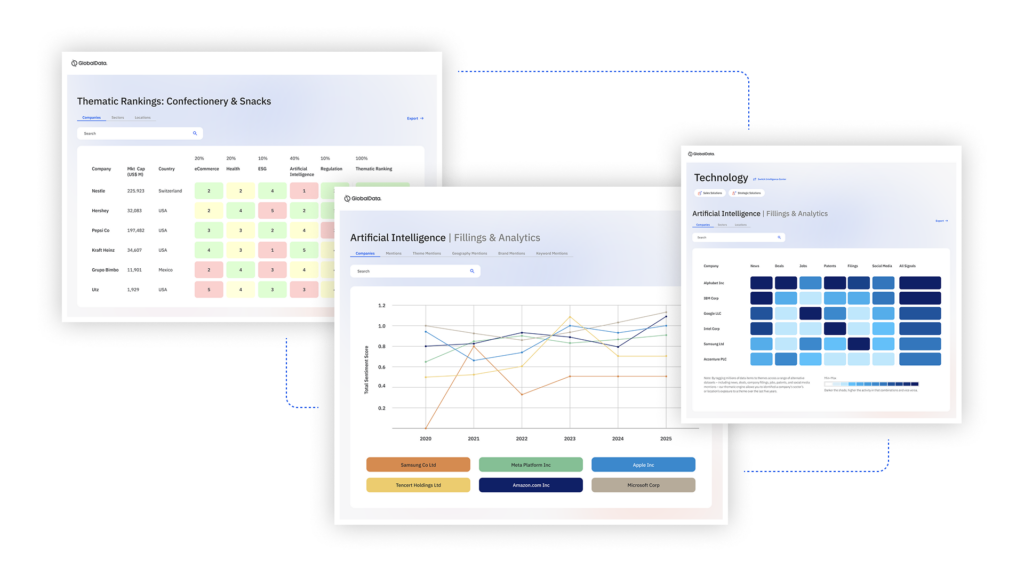
A new report by trade association MedTech Europe has revealed that the struggle for manufacturers to meet the requirements of the EU’s Medical Device (MDR) and In Vitro Diagnostics Regulation (IVDR) is ongoing and significantly impacting innovation in the European medtech space.
Out of 138 medical device manufacturers surveyed, the 2024 MedTech Europe IVDR & MDR Survey found that since the MDR dates of application were outlined, the European Union (EU) as the first launch geography has dropped by 33% for large manufacturers and 19% for small and medium-sized enterprises (SMEs). Out of 73 surveyed IVD developers, choosing the EU as the first launch geography has dropped by 40% for large manufacturers and 12% for SMEs.

Discover B2B Marketing That Performs
Combine business intelligence and editorial excellence to reach engaged professionals across 36 leading media platforms.
MedTech Europe’s survey also asked medical device and IVD manufacturers about the challenges being faced around the regulatory burden over each regulation, including quality management systems (QMS) and technical documentation assessment (TDA), performance / clinical evaluation, post-market surveillance (PMS), along with how the costs of meeting each regulation were impacting affected parties.
Of the respondents, of which 79% of IVD and 93% of medical device manufacturers said they had transitioned at least part of their portfolios to IVDR or MDR respectively, the top three answers regarding what would help respondents most in transitioning to the regulatory requirements were aligned and clear requirements from within the Notified Body and among Notified Bodies, predictability of timelines, and structured dialogue between Notified Bodies.
Regarding compliance costs attributable to each regulation, the survey found that 90% is spent on personnel costs to complete QMS and TD processes and documentation, 7% on Notified Body fees to complete certification 3% on yearly regulatory maintenance costs per device.
Additionally, MedTech Europe found that maintenance and re-certification costs are expected to exceed initial certification fees, with IVD manufacturers likely to spend 70% more and medical device manufacturers 50% more over the five-year certification cycle.

US Tariffs are shifting - will you react or anticipate?
Don’t let policy changes catch you off guard. Stay proactive with real-time data and expert analysis.
By GlobalDataThe EU’s IVDR and MDR were both introduced in 2017 as updated regulations intended to amend problems with divergences in the interpretation and application of the previous regulation to ensure that medical devices and IVDs on the EU satisfied safety requirements.
A staggered timeline currently exists for MDR compliance: the end of 2027 for high-risk devices and the end of 2028 for lower-risk devices and legacy medical devices while manufacturers had to fall into compliance with the MDR as of 26 May 2024.
For IVDR compliance, Class D IVDs must transition to being compliant under the new regulation by 31 December 2027, Class C by 31 December 2028, and Class B and A-Sterile by 31 December 2029.
In closing remarks, MedTech Europe said the survey findings highlight a need to optimise certification timelines, bring efficiencies across the regulatory system and reduce associated costs.
The trade association said: “Adding clarity to conformity assessment and including documentation requirements, streamlining the time and costs pre-market and post-market activities, can help both large and small manufacturers to plan resources more effectively and increase investment in research and development.
“Improved predictability is essential to restoring innovation capacity. Embedding innovation-friendly pathways and policies into the regulatory system also are needed.”
Other organisations affected by the regulatory changes have variously described the regulation as proving “mind-bogglingly complex” and having “created a nightmare”.
In other regulatory news for the medical device space, the UK’s Medicines and Healthcare products Regulatory Agency (MHRA) has published guidance intended to help medical device manufacturers understand and prepare for the new PMS regulation for medical devices in the UK. Similar to the EU MDR, the regulation will come into force on 16 June 2025.





